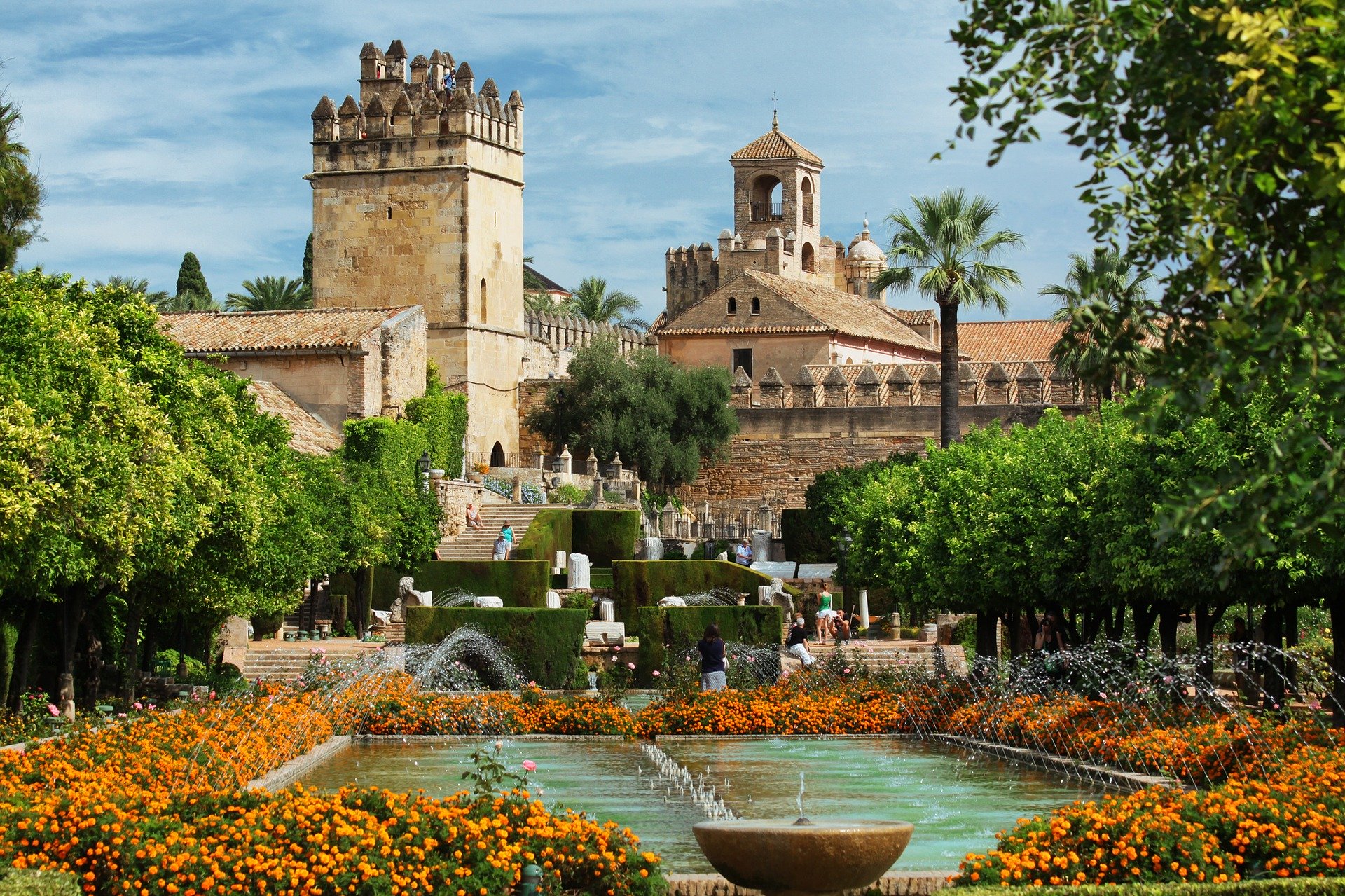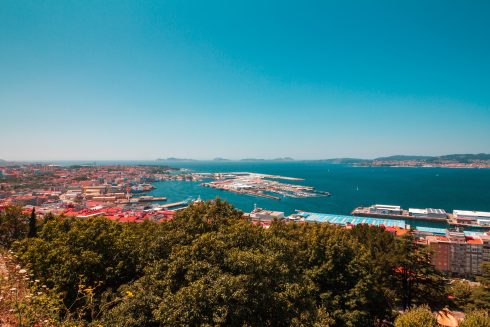FROM austere hilltop fortresses to splendid royal palaces and stunning Moorish alcazars, Spain out-castles all of Europe with over 2,500 to explore.
Andalucia, fought over by Moors and Christians for seven centuries, is better-endowed than most regions with medieval fortified hilltop citadels. In Cadiz, where they marked the boundary between the two warring kingdoms, many of the towns that grew up around them still carry the suffix ‘de la frontera’.
There’s romance in walking their wind-battered battlements and sharing the same sweeping views from their crenelated towers as the great kings, queens and warriors of old.
So step away from the beach and ignite your imagination with some culture and the Olive Press guide to five must-do fortresses in Spain.
1. Alcazar de Segovia
This sleeping beauty rises out of the rocky slopes on a hill dominating the entire city of Segovia in Castile y Leon. Its fairytale turrets famously inspired the design of Walt Disney’s iconic Cinderella’s Castle. It was also the favourite residence of the monarchs of Castile before being demoted to a state prison for more than two centuries.
A place of royal ceremonial importance in Early Modern times, Isabella of Castile, the monarch whose reign alongside hubby Ferdinand of Aragon marked Spain’s Golden Age, was crowned Queen here in 1474.
Declared a World Heritage Site by UNESCO, this amazing alcazar has to be on your hit list as one of the most Instagrammable castles in Spain.

2. Castillo de Coca
Staying in the region of Segovia, the 15th century Castillo de Coca is another fabulous fortification for your digital photo album.
Built in 1493 on the site of ancient Cauca, birthplace of the Roman emperor Theodosius whose death marked the beginning of the Middle Ages, it is protected by double-thickness walls of 2.5 meters in width and a 560-metre moat to further discourage invaders. A mix of Gothic and Moorish styles, it is considered Spain’s finest example of Mudejar brickwork.
For nearly a century until it was declared a Spanish National Monument in 1926 it was known as the House of Alba, home to the Spanish aristocratic family of the same name who must have found its maze of corridors and chambers easy to get lost in.

3. The Alhambra, Granada
With its irresistible air of magic, Spain’s top tourist attraction is a must-see on any European itinerary, castle enthusiast or not.
Considered one of the finest achievements in Moorish art and architecture on the planet, this stunning ‘Red Fort’ is perched in a dreamy hilltop setting surrounded by the snowy peaks of the Sierra Nevada, and was the ‘last outpost’ of the Moors before the fortress fell to the Spanish in 1492.
An oasis of musical fountains and lush landscaped gardens watered by the Rio Genil, it’s easy to see why the Moors, arriving from the arid deserts of North Africa, believed they had found ‘heaven on earth’, and why Granada’s last ruler wept at leaving it.
Shady colonnades, fountains with running water and reflecting pools were used to cool and add light and beauty to the 13th century palace fortress described by one Moorish poet as ‘a pearl set in emeralds’. It has been treasured as a UNESCO World Heritage site since 1984.

4. The Alcazar, Cordoba
Another of Ferdinand and Isabella’s preferred boltholes, the sober exterior of the Castle of the Christian Monarchs belies the splendour of the stunning gardens within.
Surrounded by thick defensive walls, this 13th century palace fortress was famously where Ferdinand and Isabella first met with Christopher Columbus to discuss the explorer’s first trip to the New World, an event celebrated in Spain on National Day every October 12.
Revamped many times, the sumptuous palace is still used for royal occasions, such as the wedding reception of the Infanta Elena, and it also appeared in Game of Thrones. The royal baths and the hall of Roman mosaics are fascinating and the monumental grandeur of the patios and terraced gardens will take your breath away.

5. Loarre Castle, Huesca
You may recognise this mighty monument from the battle scenes in Ridley Scott’s film epic Kingdom of Heaven, starring Orlando Bloom. Lording it over the southern foothills of the Pyrenees, it is one of the oldest castles in Spain.
Built during the 11th century reign of Aragonese King Sancho el Mayor, it saw plenty of action due to its strategic location between Muslims and Christian lands and although semi-ruined, the original architecture has remained little changed.
It’s vantage point encapsulates incredible views of the surrounding landscape including unforgettable sunrises and sunsets. Adventurers will enjoy exploring its secret passageways and dungeons and climbing its towers.

Honourable mentions
Olite Castle in Navarre is highly recommended if you’ve always fancied spending the night in a real castle. The Parador Principe de Viana will waft you back to days of old when knights were bold. Bellver Castle in Mallorca is a rare example of a circular fortress, and this one’s the oldest in Europe. Today it does double duty as a tourist attraction and Palma’s History Museum.
DID YOU KNOW?
Historians reckon some 10,000 castles have existed in Spain over the centuries. Sadly, most were successively abandoned while others were deliberately demolished by Spanish kings to prevent Moorish invaders from moving in and taking over.
A good number of the 2,500 left standing can still be found in exceptionally good condition thanks to the dry climate and the absence of wars on Spanish soil after the Reconquista.
READ MORE:
- Five incredible castles in Spain’s Malaga every history lover should visit
- Why these pueblos in Spain should be on your travel bucket list this summer
- Check out Olive Press travel section for more inspiration from the region











